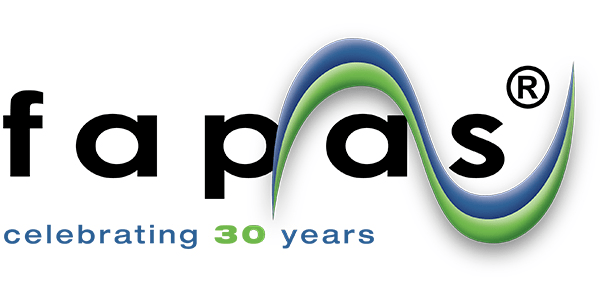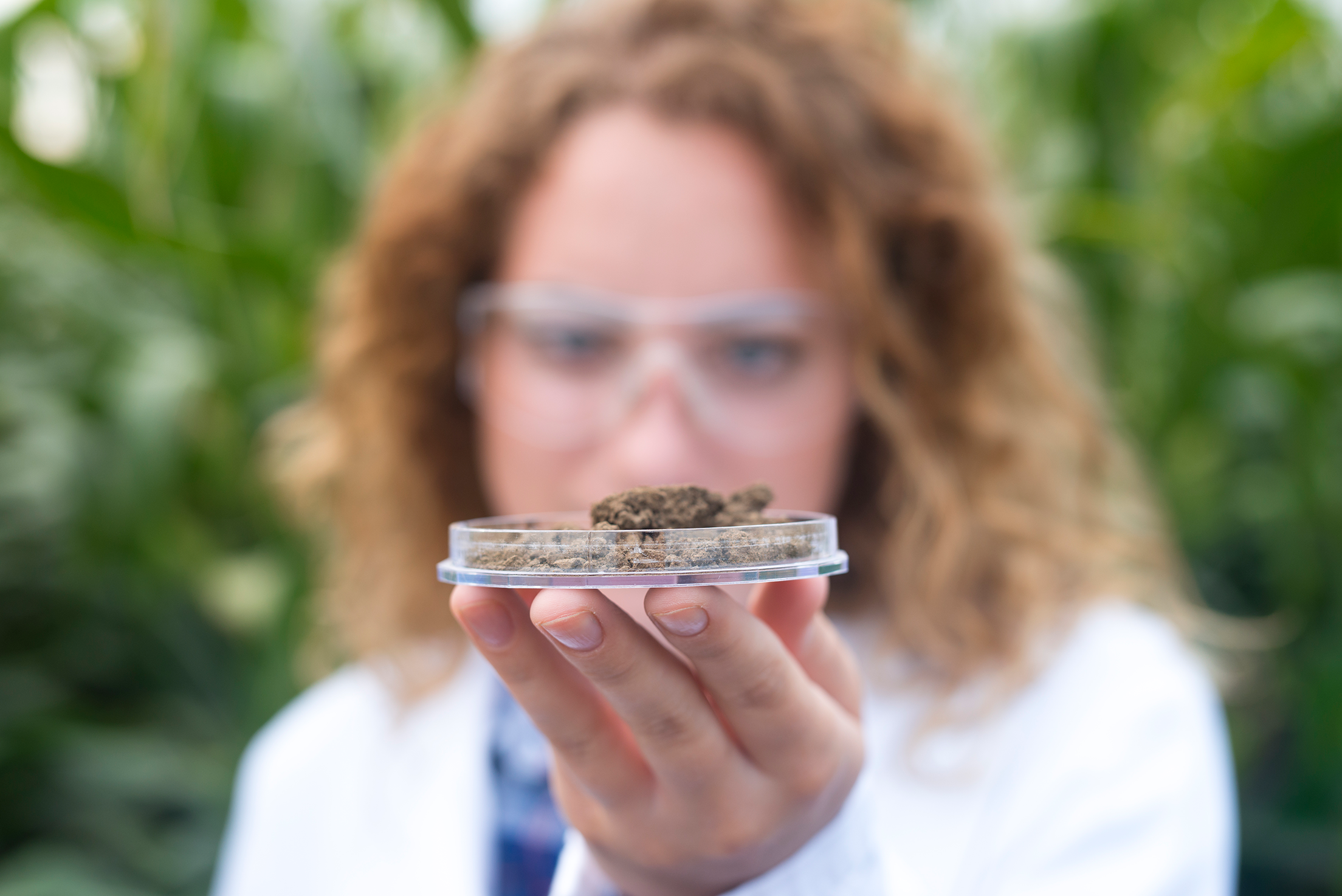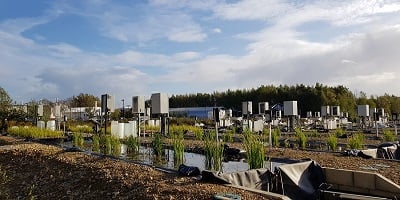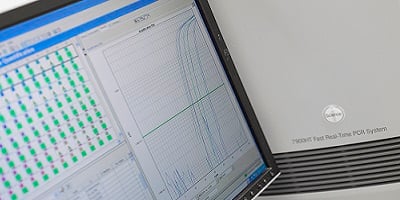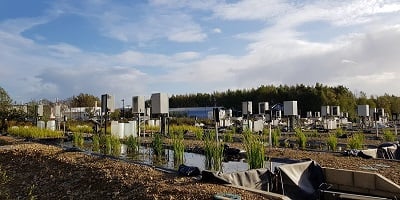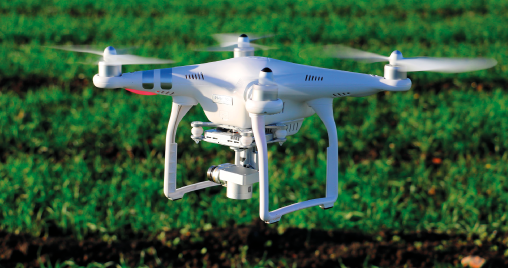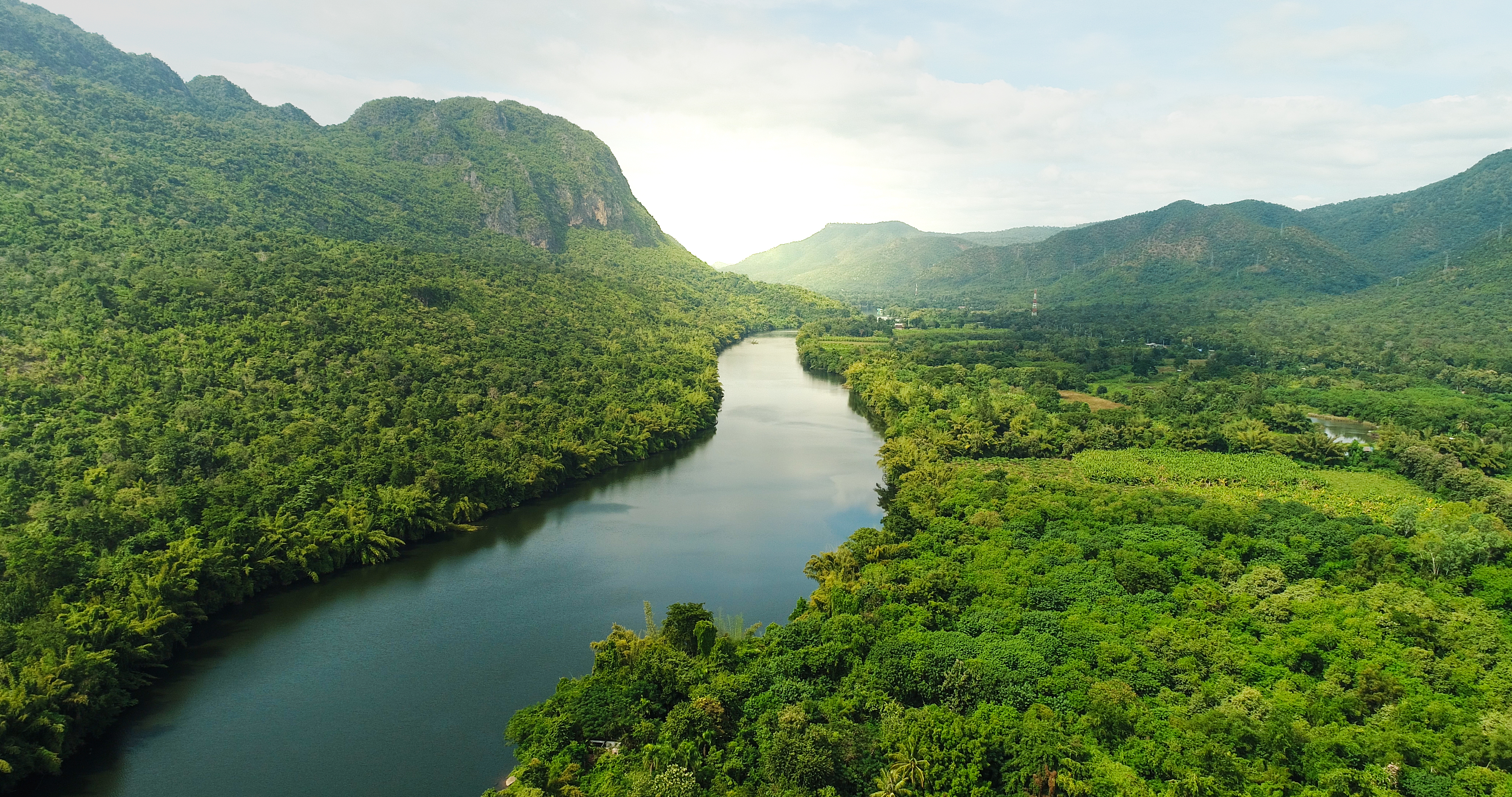SETAC 2025 Insights from Dr Lisa Heely
After spending a week immersed in discussions at the SETAC Europe 35th Annual Meeting in Austria, I have come away feeling both inspired and challenged. This year, more than ever, it felt like we were standing at a pivotal moment: with new tools in hand, we are rethinking how we assess chemical safety, protect ecosystems, and design a more sustainable future.
One of the strongest themes throughout the conference was the rise of New Approach Methodologies (NAMs). There has been a steady build-up over the years, but 2025 felt like a tipping point. We saw real momentum with sessions packed with case studies, promising technologies, and honest conversations about how to move beyond traditional, animal-based toxicity tests.
NAMs are not just lab novelties anymore. From AI-driven Quantitative Structure–Activity Relationship (QSAR) models to high-content in vitro assays, transgenic fish and Xenopus embryos, these tools are making environmental safety assessments more mechanistic and more efficient. Seeing the petrochemical industry present NAMs-based case studies was encouraging, as it proves that these innovations are not limited to academia but are making their way into real-world decision-making. We are certainly seeing a growing demand for our QSAR services, which is a clear indication of an industry in transition.
That said, it is clear we are still grappling with the question of how to bring these tools fully into the regulatory fold. Sessions on validation, standardisation, and acceptance reminded me that even the most elegant scientific method needs structure and trust to be used at scale. It is not just about having the data; it is about making sure the data is both robust and accepted.
SETAC also reminded us that the future of this field depends on the people who can navigate it. The training courses this year, whether focused on QSARs or epigenomics, were not just useful; they were a glimpse into the future skill sets our community needs. There is a generational shift happening in toxicology, and SETAC is clearly helping to build the next wave of experts.
Beyond NAMs, persistence and endocrine disruption stood out as key areas of focus. PFAS and other “forever chemicals” continue to dominate headlines, and rightly so. The updated Persistence Assessment Tool (PAT) and expanded discussions around extreme persistence showed how far we have come in understanding and managing these risks, but also how much further we still need to go.
Endocrine disruptors, too, were front and centre. New in vitro bioassay profiling efforts, like the Partnership for the Assessment of Risk from Chemicals (PARC) project, are starting to bridge the gap between chemical monitoring and real-world health impacts. It was particularly striking to see the attention given to Endocrine Disrupting Chemicals (EDCs) in drinking water, reminding us that environmental health is deeply connected to human health.
And then there was the broader context: the circular economy, green chemistry, and mobility of chemicals. It was refreshing to see sustainability woven into the fabric of so many talks. From life cycle assessments that look beyond carbon to system-level strategies for greener production, the message was clear: chemical safety is not just about what is harmful but how we can design something safer from the start, which is promoted with the safe and sustainable by design (SSbD) framework.
 One final takeaway that stuck with me was how Persistent, Mobile, and Toxic (PMT) criteria are gaining traction under EU regulations (the EU Water Framework Directive (WFD) (Directive 2000/60/EC) which now explicitly address concerns about chemicals contaminating drinking water sources so that understanding how chemicals move through the environment is now central to risk assessment. The work presented on predictive modelling and standardised testing made it clear that mobility must be considered alongside persistence and bioaccumulation if we are serious about environmental protection.
One final takeaway that stuck with me was how Persistent, Mobile, and Toxic (PMT) criteria are gaining traction under EU regulations (the EU Water Framework Directive (WFD) (Directive 2000/60/EC) which now explicitly address concerns about chemicals contaminating drinking water sources so that understanding how chemicals move through the environment is now central to risk assessment. The work presented on predictive modelling and standardised testing made it clear that mobility must be considered alongside persistence and bioaccumulation if we are serious about environmental protection.
SETAC Europe 2025 left me feeling hopeful but also aware of the work ahead. We are not just developing new tools; we are redefining how we think about safety, responsibility, and innovation in environmental science. But if this conference proved anything, it is that we are ready to meet that challenge with creativity, collaboration, and a clear commitment to doing better.
_____________________________________________________________________________________If anyone wants to discuss any of these points further, please reach out below or via LinkedIn!
